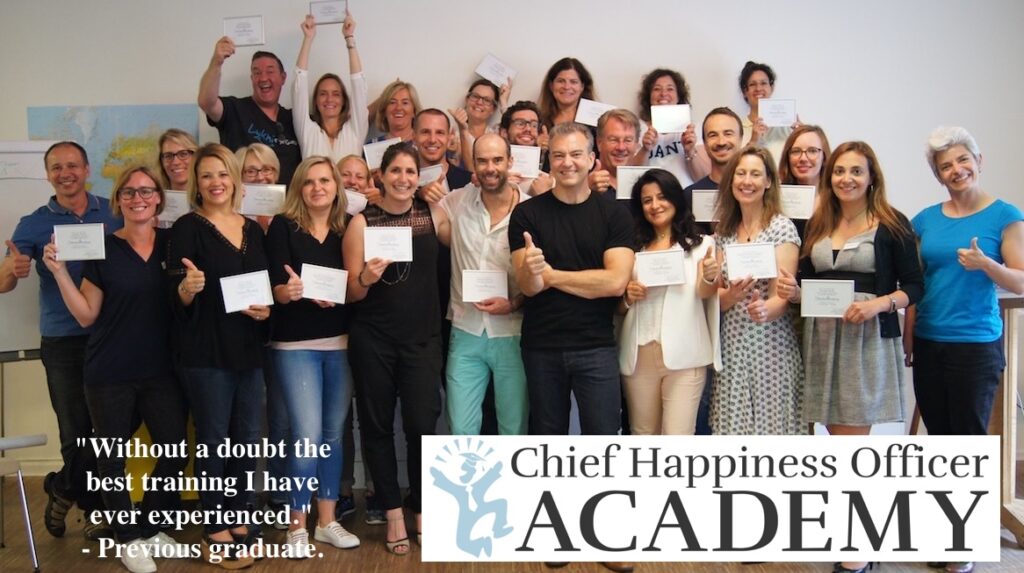 It started with free M&M’s. Now there’s a country club, on-site Montessori daycare, on-site doctors and nurses, 35-hour work week, live piano music during lunch, 50.000 square foot fitness center, swimming pools, no dress-code, masseur, on-site car detailing. And more. If you need assistance in adopting a child or finding a college for your child or a nursing home for a parent, they have people to help you with that too.
It started with free M&M’s. Now there’s a country club, on-site Montessori daycare, on-site doctors and nurses, 35-hour work week, live piano music during lunch, 50.000 square foot fitness center, swimming pools, no dress-code, masseur, on-site car detailing. And more. If you need assistance in adopting a child or finding a college for your child or a nursing home for a parent, they have people to help you with that too.
SAS Institute’s perks are legendary, and the Software Company’s 9.000 employees certainly know they have it good. Normally IT companies have employee turnover rates of 20%. At SAS it’s 3% which saves them an estimated $80 million a year in recruting costs alone. Conservatively.
Why do they do it? Are they naïve altruists? Jeff Chambers, director of human resources at SAS, puts it like this:
No, we’re not altruistic by any stretch of the imagination. This is a for-profit business and we do all these things because it makes good business sense.
There are four interesting points to notice about what SAS is doing:
1: It works
Their annual report for 2004 rightly brags about their 28th consecutive year of growth and prosperity, a record unmatched in the software industry. Their revenues in 2004 was $1.5 billion. That’s pretty impressive.
2: It’s possible because they’re privately owned
CEO Jim Goodnight refuses to take the company public because it might change the way employees are treated and destroy their ability to make long-term plans:
You can’t just have a weak quarter and then all of a sudden start bailing out and cutting things. I am basically my own board. So, I don’t have to worry about pressure from the board or being fired if I don’t improve earnings.
…
There’s no possible way I can tell you what my earnings are going to be to the penny each quarter. There’s only one way to get there to the penny — you have to cook the books.
3: They’re committed to treating their people well
Goodnight says it very simply:
If the employees are happy, they make the customers happy. If they make the customers happy, they make me happy.
4: It’s not the perks
SAS employees are happy and stay at the company for years doing good, creative work. But that’s not because of the perks – because no amount of perks can make up for lousy leadership, a bad atmosphere or a lack of respect for employees.
The truth is this: The perks, combined with Goodnight’s and the company’s attitude, make people feel valued – and that’s what’s making them happy.
This is good news for companies that don’t have as much money in the bank as SAS. It’s not the (expensive) perks, it’s the commitment to your employees’ happiness that makes a difference. And that doesn’t take country clubs and Montessori schools but can be done on a much tighter budget.
Most of the information in this post comes from the piece 60 minutes did on them back in 2003.


 The Holllywwod way of organizing a movie is by using only contract labour. The vast majority of movie people, from grips and gaffers to high-paid actors, are in essence self-employed and are hired for one movie at a time.
The Holllywwod way of organizing a movie is by using only contract labour. The vast majority of movie people, from grips and gaffers to high-paid actors, are in essence self-employed and are hired for one movie at a time.